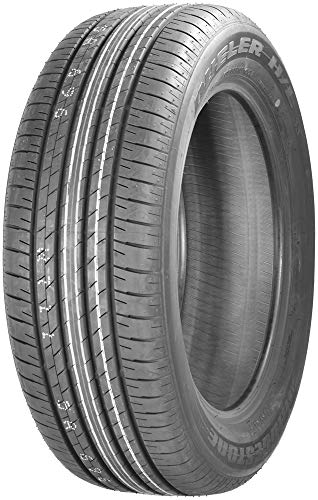Do you want to know if Bridgestone tires run wide? We've got the answer for you. We've done the research to find out about the width of Bridgestone tires, and we're happy to share the information with you.
Bridgestone makes use of ologic technology, which makes their tires narrower than conventional ones. This design allows their tires to have reduced aerodynamic resistance, which in turn optimizes their fuel efficiency.
Keep on reading to learn more about the width of Bridgestone tires and how it can affect a vehicle's performance. We'll also talk about the differences between wide and narrow tires and where they are best suited for use. You'll also find out how to interpret the tire sequence code that'll serve as your guide when buying tires for your vehicle. Let's get this started!
Bridgestone Tires: Wide or Narrow?
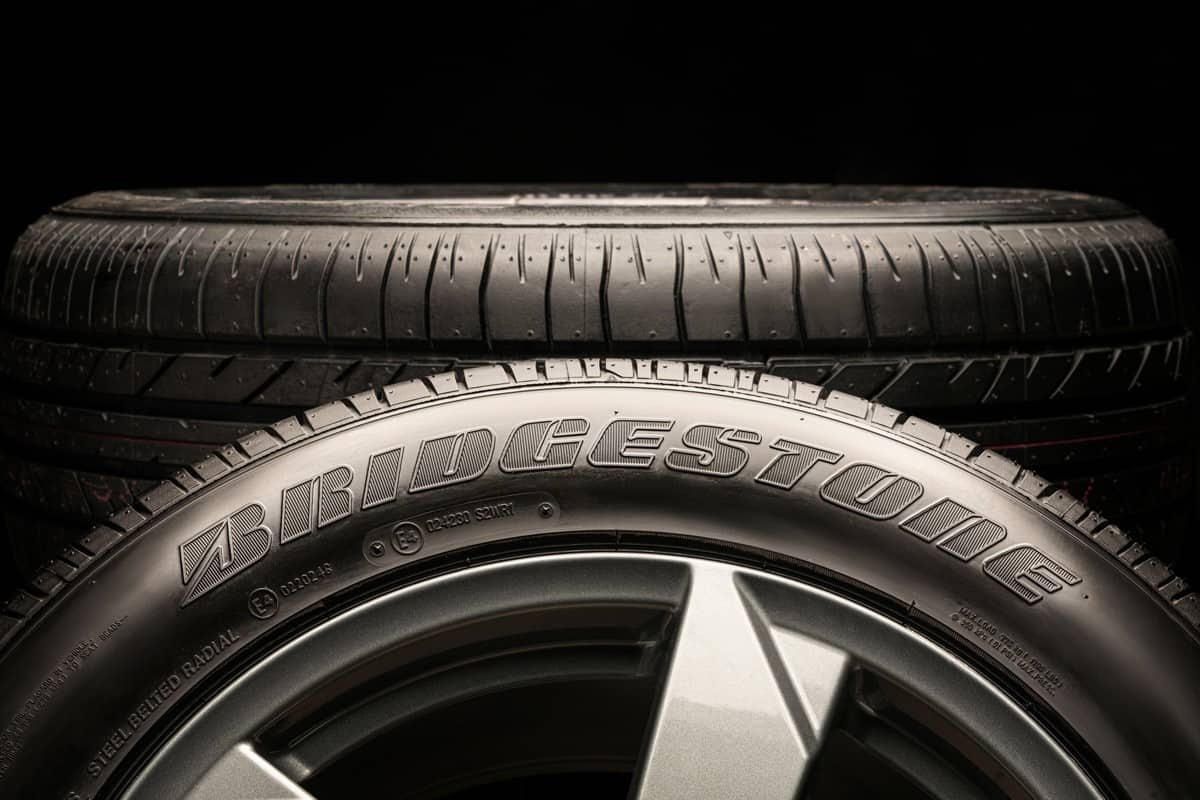
Thinking about the qualities you want in a new set of tires is a good idea. After all, tires don't come cheap, especially if you're planning to buy Bridgestone tires. The good news is that this company is known for manufacturing high-quality tires, which makes your investment worth it.
Let's get straight to the point if you're concerned about tire width: tire width does affect a vehicle's performance, appearance, and price.
Bridgestone offers a variety of tire models for different car makes and models, types, brands, and sizes. As a result, we can't really say in general whether their tires run wider than others.
Each tire comes with its own set of specifications since they've all been designed and built to suit every driver's needs. The width depends on the particular tire model that you buy.
For example, Bridgestone's smallest tire is 14 inches, with a width of 185 mm. At the other end of the spectrum, their biggest tire is 22 inches, with a width ranging from 265 mm to 285 mm. Their mid-range tires are 18 inches and have widths ranging from 215 mm to 295 mm.
Check out this Bridgestone 18" tire on Amazon.
For your reference, the average tire width is between 205 mm and 225 mm for compact to mid-size vehicles and 225 mm to 245 mm for mid-size SUVs. You can read more about tire width in our post "How Wide Are Tires On Average [By Type of Vehicle]."
What we do know is that Bridgestone uses ologic technology in manufacturing their tires. The outcome is a tire with a narrow tread and larger diameter. This design allows their tires to minimize different types of resistance so that you can optimize your vehicle's fuel efficiency.
This ologic technology makes their tire width narrower than conventional tires. This helps with reducing aerodynamic resistance. These tires can overcome drag caused by the air much better.
This means the engine doesn't have to use a lot of energy while the car is in motion. The car also uses less fuel. So, there's better performance on the road and more fuel savings for you.
Does Tire Width Matter?
When buying tires, it's important to consider their width. Each vehicle has a recommended tire width to match its specifications and performance in various road conditions.
The first visible thing you'll notice with a wide tire is its aesthetic effect. Many people say that wider tires increase the visual appeal of your car. These are commonly seen on flashy sports cars that have tires with low aspect ratios—wider tires and lower height.
Along with enhancing a car's physical appearance, a wider tire can improve your car's performance under certain conditions. The wider the tire is, the more surface area it covers. This optimizes its surface contact and gives it a better grip on the road, especially on dry surfaces and compacted snow.
Wider tires will also give you better control over your vehicle, which results in faster acceleration. However, this comes with a high price. These tires have higher aerodynamic resistance as they are rolling. This means that your car will consume more fuel while it is in motion.
Are Wide Tires Better Than Narrow Tires?
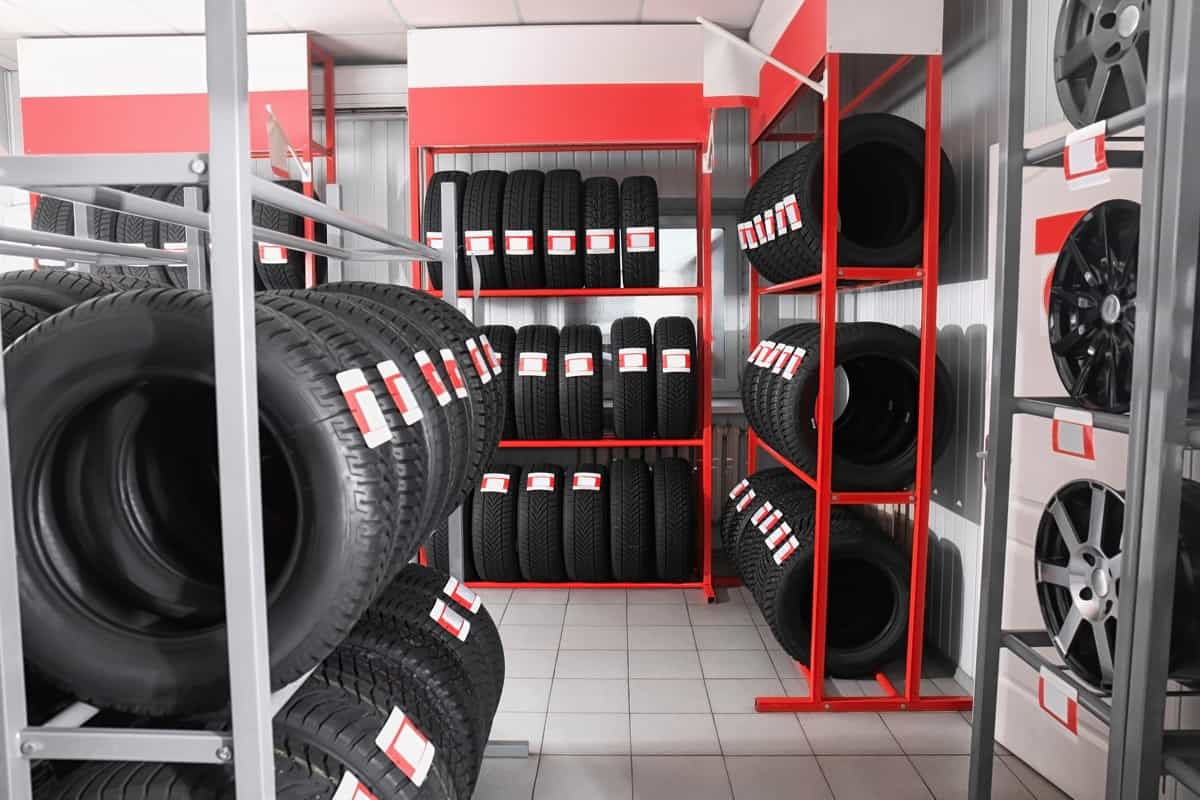
First, let's differentiate between wide tires and narrow tires.
Narrow tires are good for winter driving. They can cut through snow without plowing it like wider tires tend to do. Narrow tires also perform well in wet weather.
These tires are recommended for lighter vehicles like hybrid cars. When it comes to cost, these tires are more affordable and help you save on fuel costs because of their reduced rolling resistance.
Wide tires cover more ground, which allows them to have more traction. They are good to use on dry roads, and they have more stability and durability good for everyday driving conditions.
That's why these are the tires commonly used on high-performance vehicles. However, these are risky to use on wet, slippery surfaces, where they tend to slide out of control.
Car manufacturers do a lot of research to ensure that the tires on their units are built to handle a vehicle's specifications when it comes to supporting weight, braking, and acceleration, changing and maintaining direction, and absorbing shock from the road surface.
That's why you should be careful when deciding to make modifications to your tire system. Wider tires aren't necessarily better, or vice versa. Choose a tire that suits your vehicle's requirements and road conditions so that you'll have a smooth ride.
If you decide to change the width of your tires, take note that they should only be wider or narrower by 5–10% than the original factory tires.
This means you can choose tires that are one size smaller or bigger. This minimal change will reduce the negative impact on your vehicle when it comes to balance and speed.
Also, check the tires' compatibility with the wheels and rims and make sure that they won't drag on the wheel wells when the tires are moving.
Finding Your Tire Size
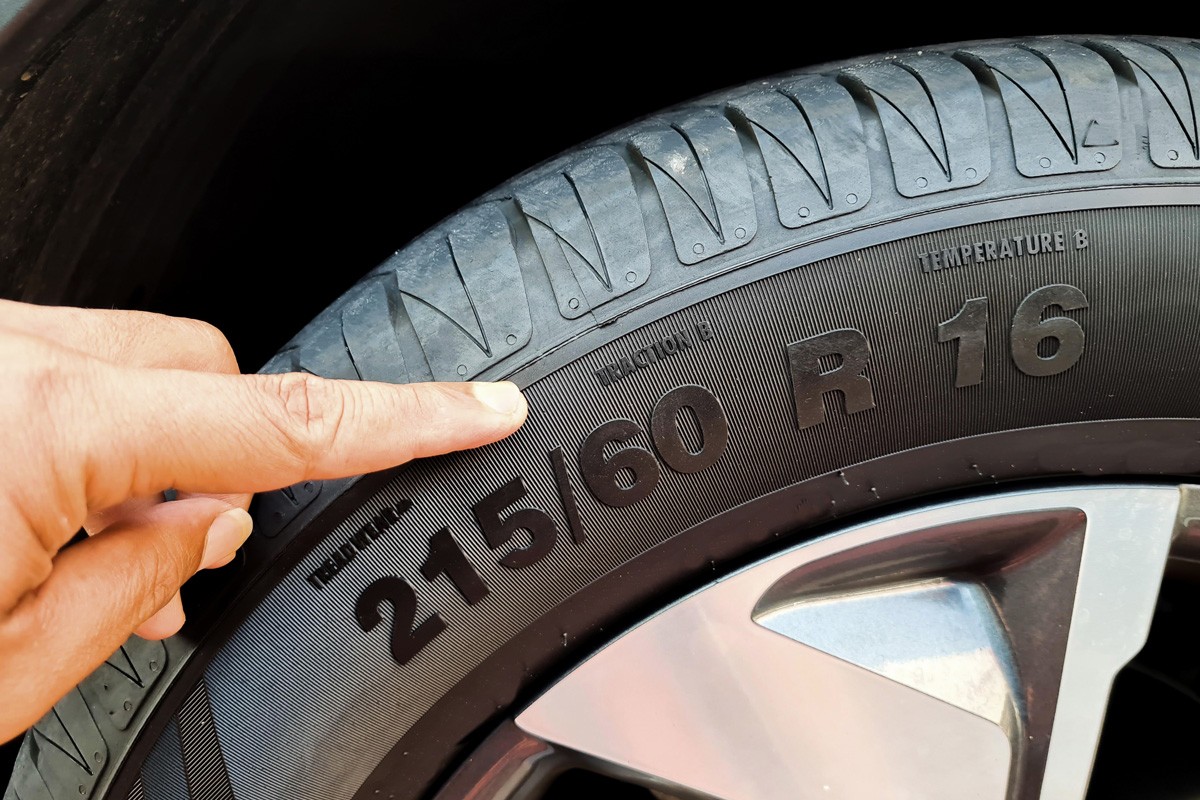
This leads us to the importance of knowing what tire size to buy for your car. The recommended tire size may be indicated in the owner's manual. It can also be found on the driver's side door, on the interior side of the glove compartment door, on the gas tank hatch, or on the sidewall of the tire itself.
You will find a combination of letters and numbers, and once you know how to interpret them, you'll be able to purchase suitable tires for your vehicle.
Breaking The Tire Sequence Code
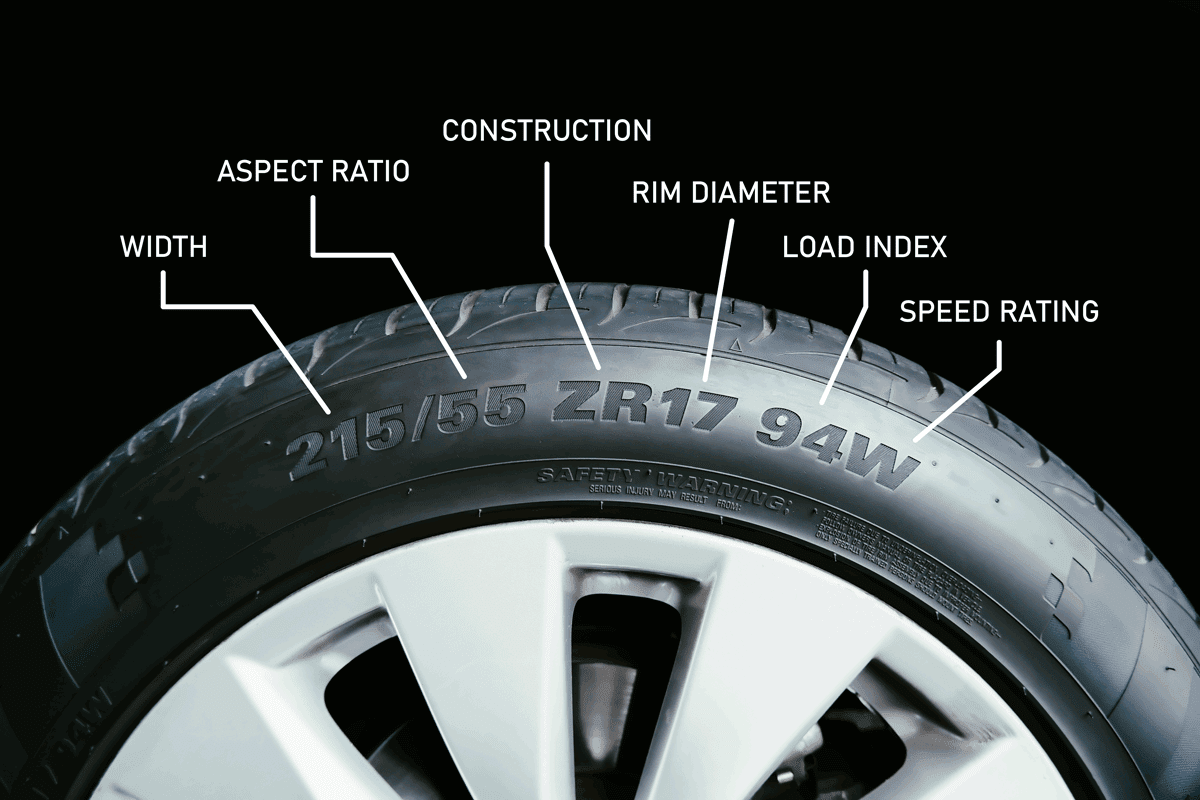
The meaning of the main sequence of letters and numbers is as follows.
- P or LT: P stands for P-metric, which is designated for passenger vehicles, while LT is for LT-metric, which means it's a tire for light trucks or those vehicles pulling trailers and carrying heavy cargo. Some tires have T or ST on them, which stands for Temporary and Special Tire, respectively. Temporary tires are used for spare tires, while special tires are for trailer axles.
- First Number: This refers to the width of the tire. The measurement is in millimeters, and it spans the distance from one sidewall to another.
- Second Number: It pertains to aspect ratio. You should read this as a percentage which means the tire's height in relation to its width (e.g., 70% of the tire's width).
- R or D: This will let you know about your tire's construction. R stands for radial, while D is for diagonal. R-types are the most commonly used tire construction type.
- Last Number: This is the wheel diameter or rim size recommended for your vehicle. If you change your current rim size, you also need to adjust the tire size to get a perfect fit.
Click this link to find this R-type tire on Amazon.
On some tires, you may also find the load index and speed rating after the rim size, but these aren't required to be printed. That's why we referred to the wheel diameter as the final number in the main tire sequence. You can find this info in the owner's manual.
Additionally, you may also see M/S or M+S at the end of the tire sequence. These letters refer to Mud and Snow, which means that it can handle snowy conditions.
Final Thoughts
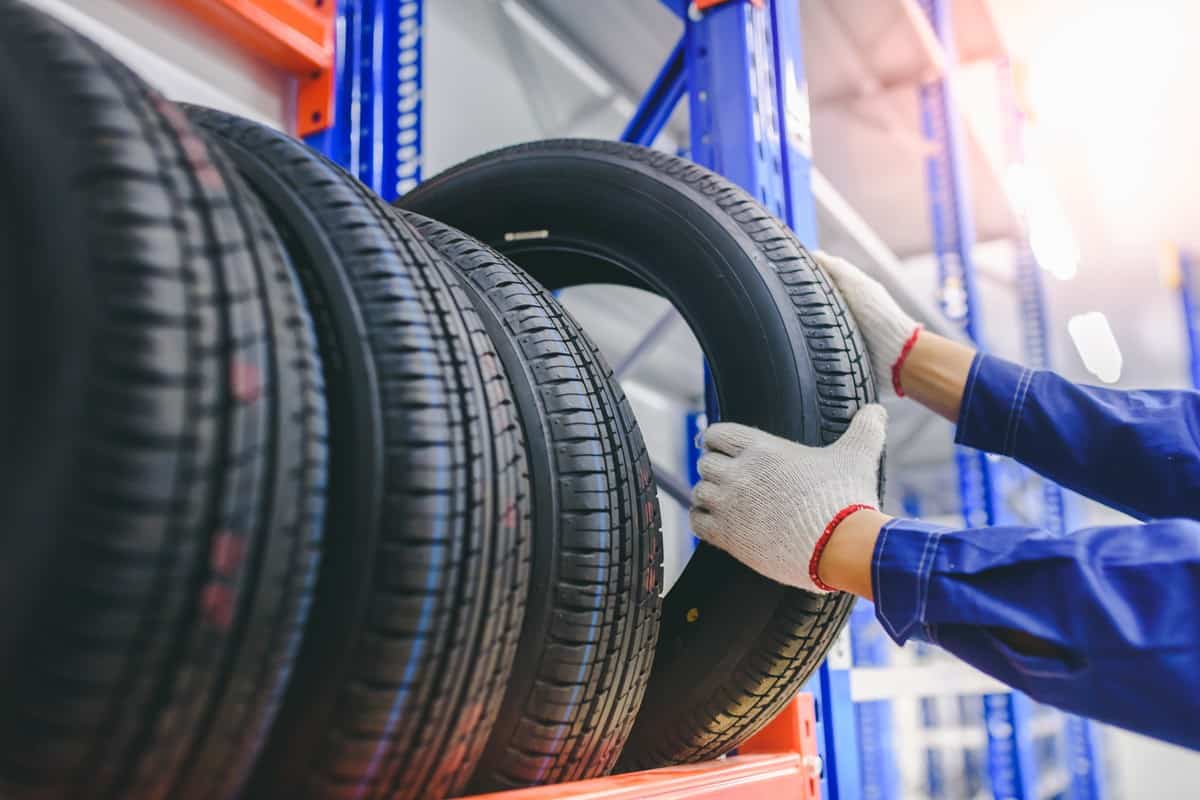
With their ologic technology, Bridgestone tires have a narrow design to improve their performance against aerodynamic resistance and to maximize fuel efficiency. Each of their tires comes with its own set of specifications.
If you enjoyed reading this article, you might also like these posts:

